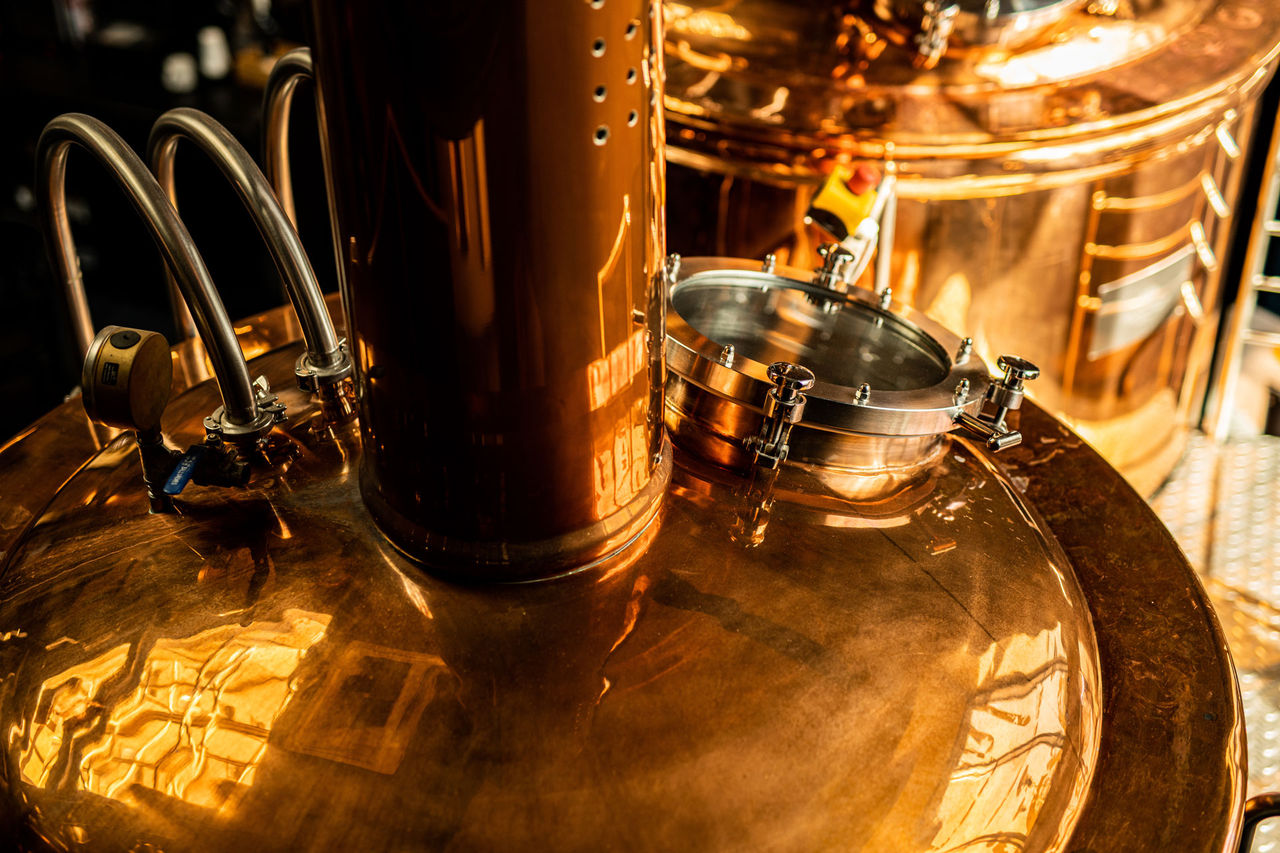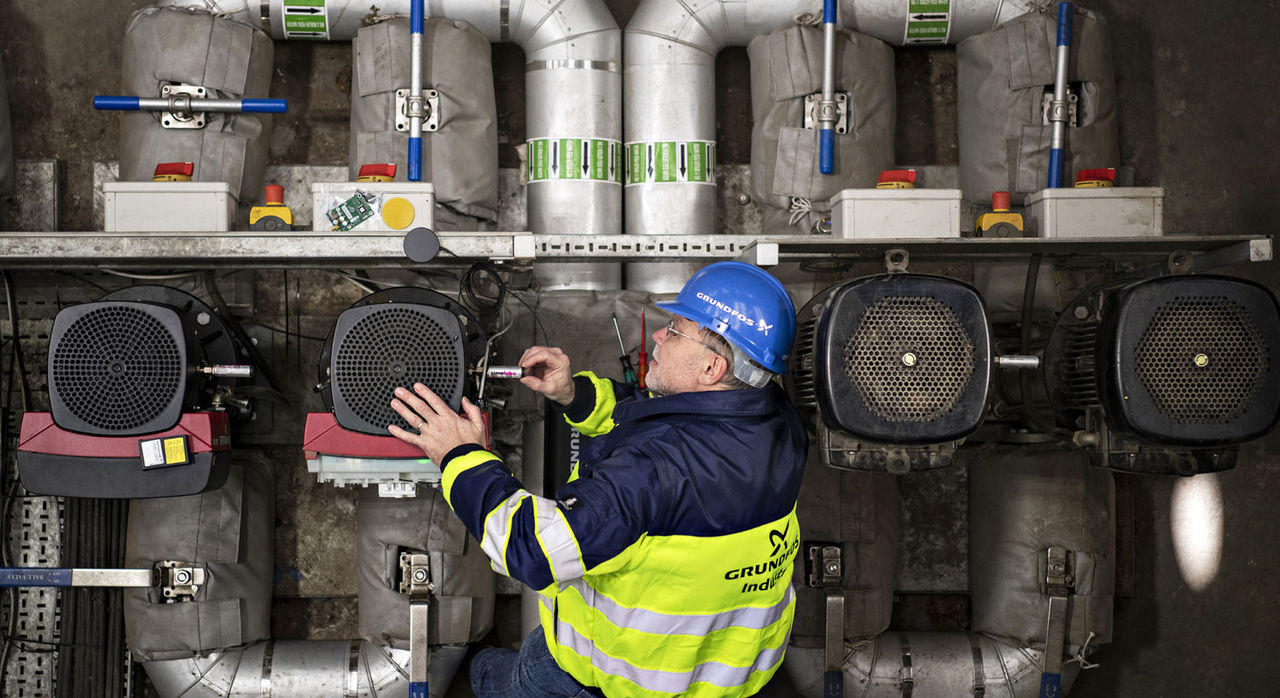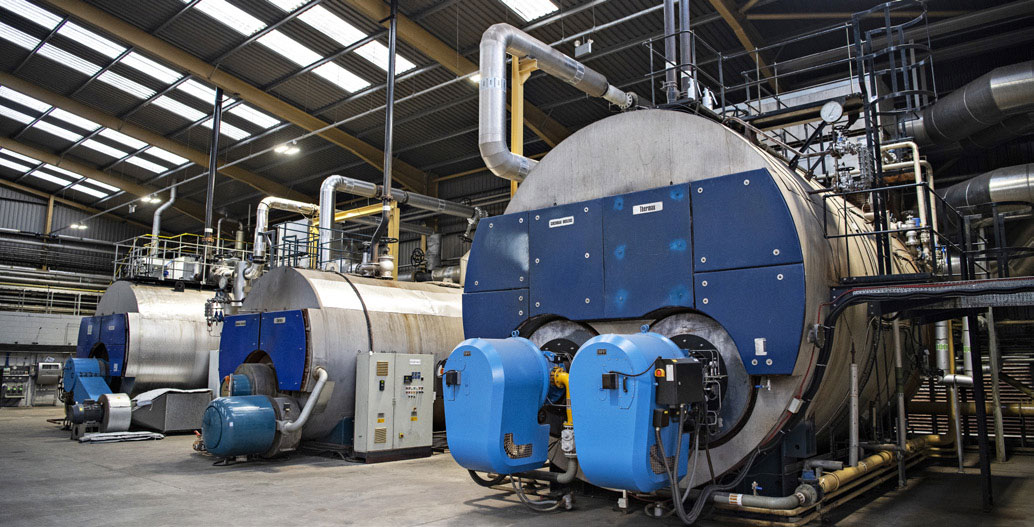In this article
One Small Change in Boiler Feed Level Control
One massive change for the better

Industry Sector:
Food & Beverage
Application:
Boiler feed level control
Actual Saving:
£5,000 per pump
Payback period:
10 months
Product/Service:
- Pump & system upgrade
- Engineering know-how
- Application support
Customer Benefits:
- Greater energy-efficiency
- Improved steam quality
- Application complexity
When steam plays a critical role in your production process, any problem with steam quality is a significant issue. Lack of precise control creates huge inefficiencies and a lot of headaches for the Distillery plant operators who are trying to control the level manually.
All water required in the process is preheated by steam. In addition, direct injection steam is used when cooking the 5,000 tonnes of grain treated at the distillery every week.
Steam is also used to heat the cooked malt or grain when it reaches the distillation columns – to remove the vapours that contain the all-important alcohol. In other words, there’s a huge demand for a great deal of high-quality steam.
Challenge
This high-quality steam retains less water, which has knock-on beneficial effects in the whisky production process. It not only produces less condensate but also provides better heat transfer, making it more energy-efficient.
So the challenge initially was to understand the frequent failures of the boiler feed water valves and how the quality of steam being used could be improved, reducing excess water vapour passing down the line and eliminating excessive condensate.
The issue of steam quality caused particular problems for the plant operators, whose job it was to manually control the steam level on the boiler feed.
As the Distillery Maintenance Team Leader explains: ‘The guys shouldn’t have that responsibility. The better the level control, the better the steam quality. And the more energy-efficient it is, the less impact it has on the plant.’ So anything that can be done at the root cause would be highly beneficial to the overall production process.

Grundfos Senior Application Manager at one of the new CRIE pumps for the boiler feed level control
Solution
It’s a long way from Scotland to Birmingham, but making the trip proved worthwhile for the Distillery Maintenance Team Leader when he attended a Grundfos iSolutions event there. It had been suggested by ERIKS Regional Planner as it might help the distillery find a solution to the high failure rate of the boiler feed water valves and potentially automate the boiler feed control level.
Grundfos iSolutions uses intelligent connectivity for pumps, sensors, controls and SCADA systems, to improve the efficiency of a wide range of applications. And it was while watching a demonstration of a continuous control system for a boiler that the Distillery Maintenance Team Leader had what he now calls his ‘lightbulb moment’. Why couldn’t the same solution be applied to a boiler feed water valve?
The answer was: it could. And Grundfos iSolutions undertook a Six Sigma Yellow Belt trial project on a single boiler to prove it.
The first step was to replace the fixed-speed CR pumps for the boiler feed, with Grundfos iSolutions CRIE pumps incorporating integrated variable speed drives. Then, as the CRIE pump controls the level – increasing or decreasing in speed, in line with demand for steam – the now redundant modulating valve was removed.

Grundfos CRIE pumps have built-in variable speed drives. These replace the usual modulating valves
In addition, the Grundfos pump uses built-in functions in the drive – such as limit-exceed and signal relay output – to control a bypass valve. This secures the flow through the economiser when the burner is running but the boiler is not calling for water. With all control handled by the drive, complexity is reduced, but still everything happens at exactly the right time for safe and efficient boiler operation.
Result
Assessing the situation six months on - the average lifecycle of those boiler feed water valves - the Distillery Maintenance Team leader describes the solution as having ‘ticked all the boxes. “We’re seeing a greater energy efficiency of the boiler, gas usage, steam quality is better, control of level is better.

Three of the steam boilers at the Distillery in Scotland
We can control the accumulation at the top of the boiler. No failure rates. No problems whatsoever. Less headache for the operator. The flexibility is huge”.
Initial analyses of gas usage for the boiler alone show savings of 1.4% on low-fire all the way up to 6%. The pump can deliver more than the boiler needs, leading to energy savings and better steam quality. They are seeing about 40% energy savings on that one pump alone which equates to about £5,000 a year. And you’ve got the impact, too, on cheaper spares because you’re not using such a big pump. So there are all these impacts, plus the reliability.
